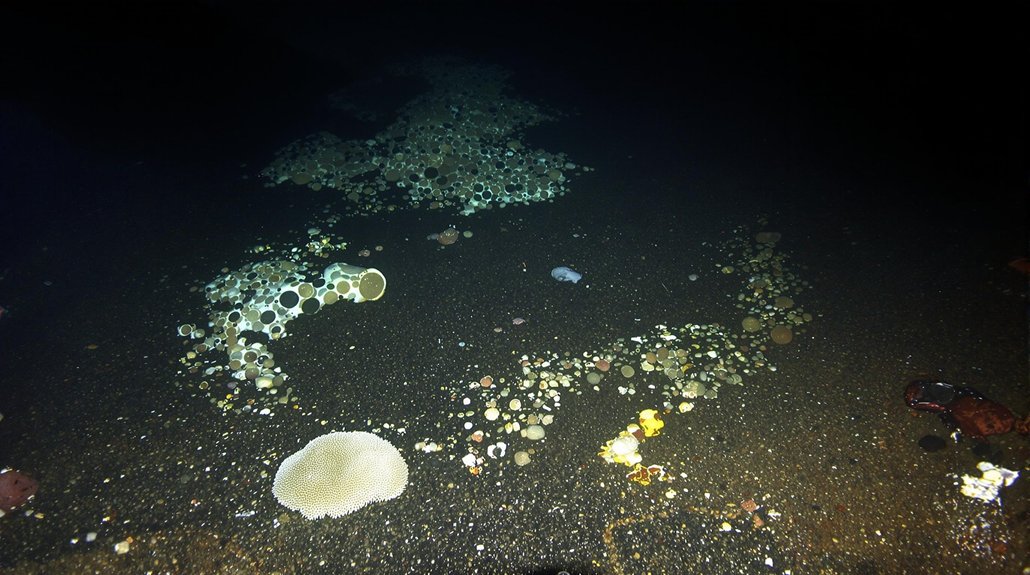Trees near abandoned gold mines serve as nature’s whistleblowers. They absorb heavy metals, displaying stunted growth and altered composition. California’s Gold Rush left a toxic legacy—47,000 abandoned mines leaching mercury and other poisons into ecosystems. Fish accumulate the toxins, making them dangerous to eat. Forests suffer as soil pH changes, killing vegetation. When contaminated trees die, they release metals back into soil. The cycle continues, decades after the last miner packed up.
While the California Gold Rush conjured visions of prosperity and fortune, it left a legacy far less golden. The environmental fallout persists nearly two centuries later, with millions of gallons of mercury still contaminating California’s ecosystems. Trees have become silent witnesses to this toxic history.
Mercury was the gold miner’s dirty little helper. They used it to extract gold, then dumped it wherever convenient. Real nice. This toxic metal now flows through the Sacramento River and into San Francisco Bay, accumulating in fish and prompting health warnings. Want some mercury with your fish dinner? Didn’t think so.
Mercury: the toxic sidekick that turned California’s golden dreams into an environmental nightmare that still poisons our waterways today.
The mining operations didn’t just poison the water. They decimated forests. Trees were chopped down for fuel and construction, ripped out to make way for mining operations. Hydraulic mining blasted away entire hillsides, sending muddy torrents downstream that buried forest habitats. The Sierra Nevada forests never fully recovered.
Trees still growing near abandoned mines are like living filters, absorbing heavy metals including arsenic, lead, and cadmium from contaminated soil. Some species have become natural bioindicators, their tissues revealing the toxic soup they’re planted in. Acid mine drainage alters soil pH, making life tough even for hardy forest species. Historical mining accidents, like one that released 6,000 pounds of mercury in a single day in the late 1930s, dramatically accelerated contamination in these ecosystems.
California has roughly 47,000 abandoned mines. That’s not a typo. Most never underwent proper cleanup. These toxic time capsules continue leaching chemicals into surrounding forests. The trees nearby? They’re slowly being poisoned.
The toxic runoff decimates aquatic biodiversity while contaminated forest soils harm everything from microscopic soil dwellers to mature trees. Heavy metals trapped in tree tissues eventually return to the soil when trees die. It’s a never-ending toxic cycle. The Sierra Fund has been advocating for increased investment in remediation projects to address these persistent mining hazards. In-situ conservation methods have proven cost-effective for protecting these damaged ecosystems and their remaining biodiversity.
The forests are trying to heal, but it’s hard to recover when you’re drinking poison. Mercury and arsenic don’t just vanish. They persist, moving through ecosystems for generations. Trees tell this toxic tale through stunted growth, contaminated tissues, and altered forest composition. Nature’s record-keepers, documenting a gold rush that left behind anything but riches.








